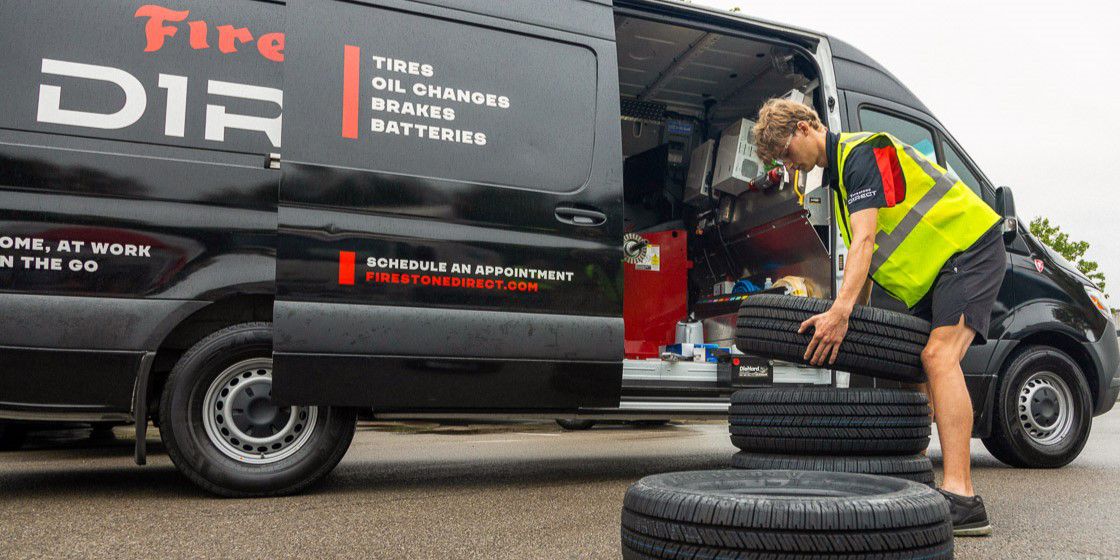
Decoding Tire Size: Which Size is the Perfect Fit for Your Car?
Buying a new set of tires is about more than driving conditions, tread designs, or how many you need to replace. If you want your car to function at its maximum potential, tire size is actually one of the most important details to consider before you make a tire purchase. There are a lot of different tire sizes out there, but only one will be the ideal fit for the make and model of your vehicle. Luckily, finding the recommended tire size is pretty simple—you just have to know where to look.
Here’s how to read tire size to ensure you’re choosing the perfect set of wheels for your vehicle.


